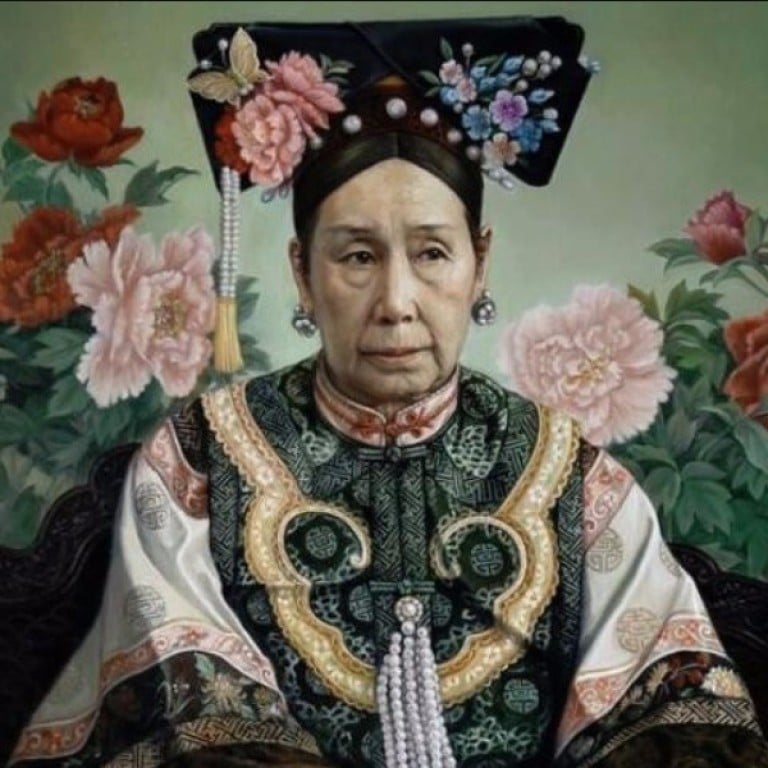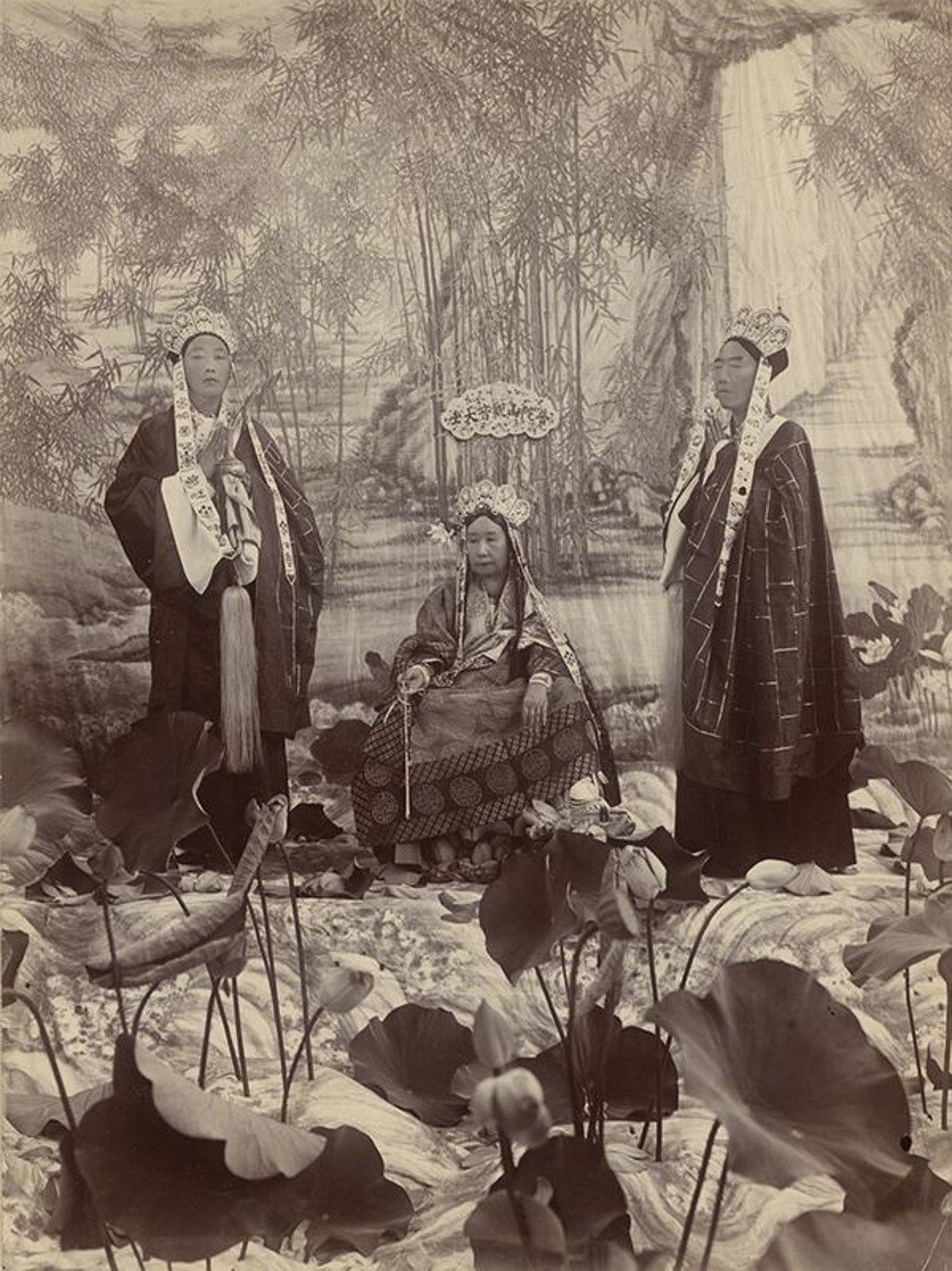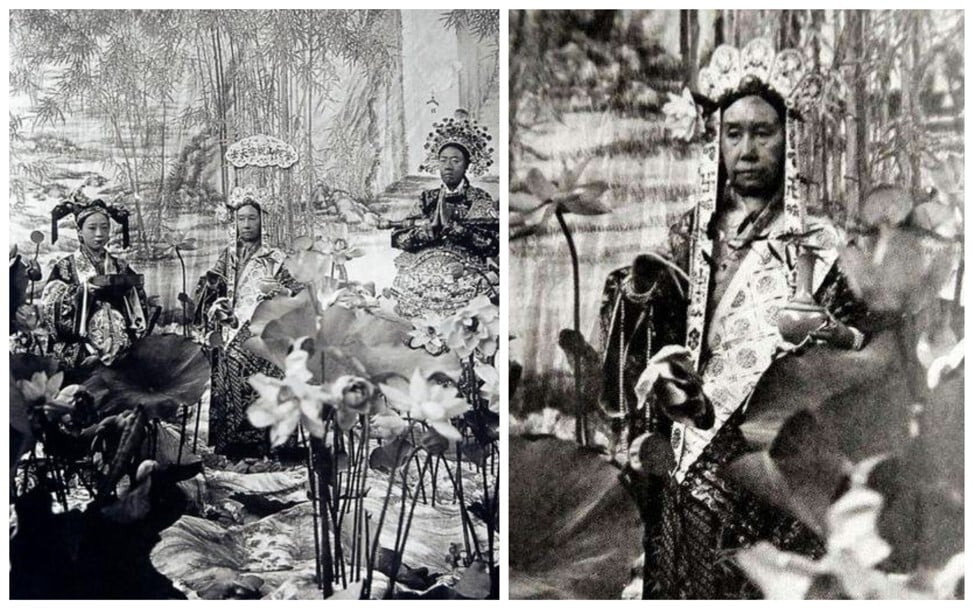Was Empress Dowager Cixi the original cosplayer – over a century ago?

Regarded as the dragon lady, Empress Dowager Cixi (1835-1908) was the virtual ruler of China for almost the last half-century of the Qing dynasty (1644-1911).
Cixi was arguably a household name, notorious for her extravagant lifestyle and autocratic leadership. Without concerning herself with the hardships facing the general populace, she was always depicted as cruel and oppressive, and was to blame for the end of the dynasty.

Within the Forbidden City, everyone had to be absolutely loyal to Cixi, even Emperor Guangxu (1875-1908) – who was put under house arrest by her for a decade until his death in 1908 – and needless to say the royal household, eunuchs and attendants.
To show her supreme ranking in the Qing court, and at the same time portray herself as a benevolent immortal, Cixi even unabashedly granted herself a saintly title on her 60th birthday – the “old master Buddha” or “lao fo ye” (老佛爺) in Chinese.

In the Qing dynasty, Tibetan Buddhism believed that all the Qing emperors were actually the embodiment of Manjusri, the bodhisattva of wisdom. Therefore, it was no surprise that “old Buddha” was used to refer to the emperors at that time.
Although Cixi was not the emperor, she was the centre of power. This made her believe that she well deserved the title.
Besides addressing her as the old Buddha, Cixi promoted her godlike position. In photos, she liked to cosplay (a portmanteau of costume and play to depict a character) as the Goddess of Mercy or Guanyin.

From the photo above, we can see that Cixi was dressed in a kasaya, a robe that was usually worn by Buddhist monks and nuns. Crowning herself with a vairocana hat, Cixi was also holding a string of prayer beads on her right hand.
Above her head is written “Guanyin of Mount Putuo”. Mount Putuo was a centre of Guanyin worship in Zhejiang province.
Standing beside Cixi with folded hands were the eunuchs and Li Lianying – the grand supervisor and Cixi's favourite attendant – standing on her right.

In another photo with the same backdrop, Cixi is standing holding a vase in her left hand and willow branch in the other. This was a very typical image of Guanyin. Buddhists believe the willow branch is used to heal people's illnesses or bring fulfilment to their requests, while the vase contained holy water.
Standing on Cixi’s right was the fourth daughter of Prince Qing.

Another photo was taken in Beihai near to the Forbidden City. According to an essay from the Palace Museum, the photo was taken in 1903, the 29th year of Emperor Guangxu’s reign and Cixi was 68.
It was the second day of the ghost festival in July in the lunar calendar, when the water lilies in the lake were in full bloom. Cixi’s favourite imperial-born princesses, eunuchs and attendants were on a flat-bottomed boat, where Cixi was sitting beside a shou (meaning longevity) decoration. She was not dressed as Guanyin this time as they were all pretending to be fairies crossing the lake.
Her people lived in abject misery under Cixi’s leadership. She died in 1908 and the Qing empire collapsed within less than a decade after this photo was taken.
Want more stories like this? Sign up here. Follow STYLE on Facebook, Instagram, YouTube and Twitter .
Help us understand what you are interested in so that we can improve SCMP and provide a better experience for you. We would like to invite you to take this five-minute survey on how you engage with SCMP and the news.

Known as the dragon lady, the cruel ruler of China who marked the closing years of the Qing dynasty granted herself the saintly title of ‘old master Buddha’, and dressed up in lavish costumes for photos to promote her godlike position